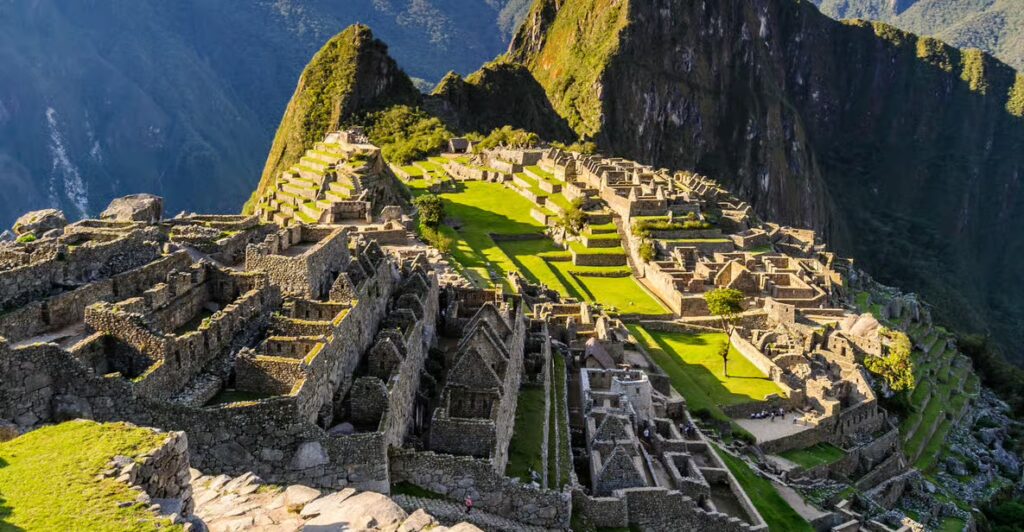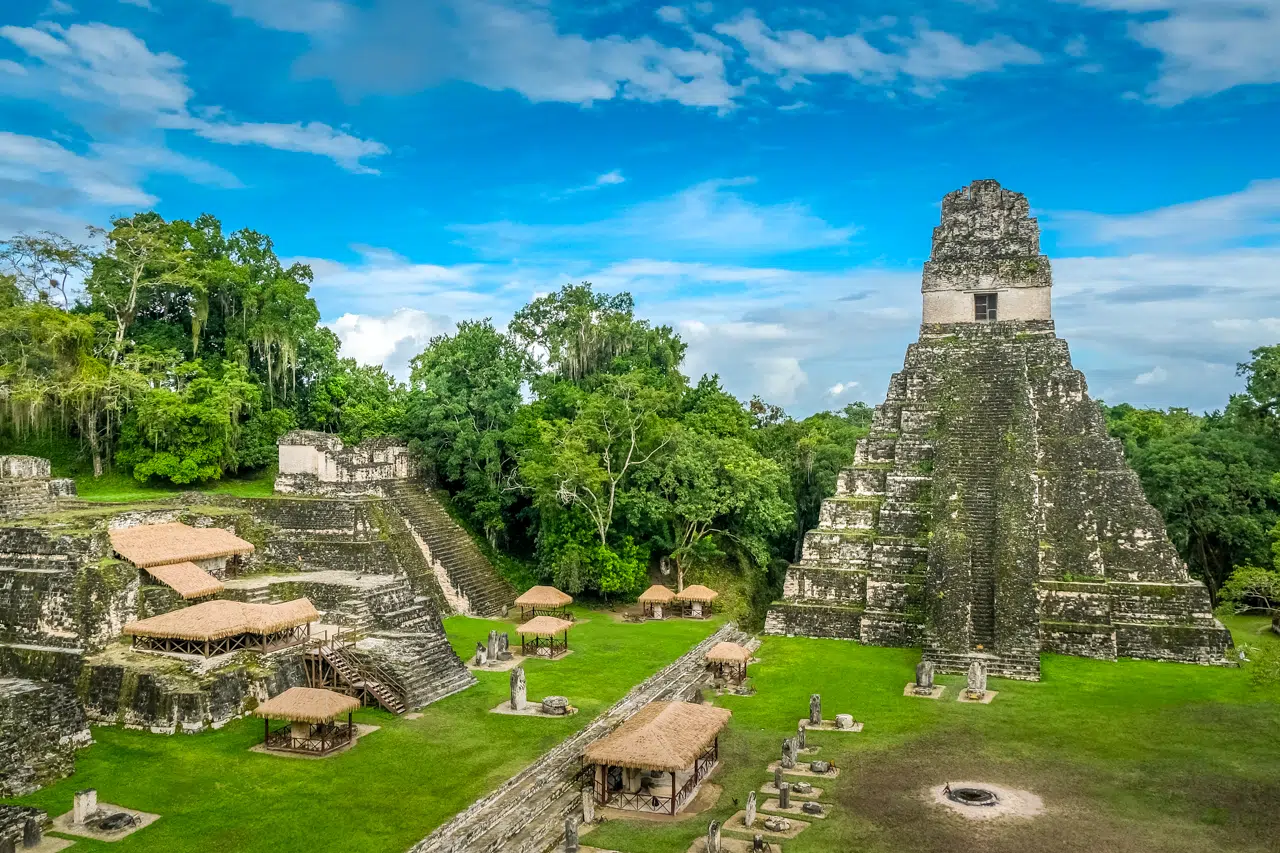Top 10 Lost Cities of the Ancient World: Rediscover History’s Mysteries – Cites have flourished and finished throughout thousands of years. These may even disappear from the map; either due to natural disasters, political mumbo-jumbo, or transformations in the environment. These disappeared cities are the perfect insight into the ancient civilization. For most, archaeological digs have just begun to scratch the surface, allowing for introductions to cultures, technologies, and enigmas unknown to them. Here are the 10 very oldest cities in the world, forgotten by time, with individual accounts of rise, fall, and rediscovery.
1. Machu Picchu, Peru

Machu Picchu is one of the most famous lost cities. Towering high in the Andes, Machu Picchu was built by the Incas in the 15th century as a breathtaking citadel, the walls of which were abandoned during the Spanish Conquest and completely hidden in the outside world until rediscovery in 1911 by American explorer Hiram Bingham. Famous for its magnificent stonework and panoramic views, Machu Picchu offers a glimpse into the architectural brilliance and spiritual life of the Inca civilization. Today, it is a UNESCO World Heritage Site and one of the New Seven Wonders of the World.
2. Pompeii, Italy

Another major city from ancient times is Pompeii. It was a city thriving in all its glory when all of a sudden it fell silent under layers of ash and pumice. The city was buried when Mount Vesuvius erupted in 79 AD, and it lay forgotten until the 18th century when it was rediscovered. Some impressive excavations yielded a city remarkably preserved together with its homes, temples, and even people, frozen in time. It is very much a key into the everyday lives of common Romans – volcanic ash preserved even their most trivial daily objects. Pompeii is now one of the destinations tourists flock to visit bearers of both the splendor and fragility of ancient civilization.
Also read: Top 15 Historic Sites in Europe: A Journey Through History
3. Petra, Jordan
“Rose City,” as the world calls it, with its pink sandstone cliffs, once thrived as the capital of the Nabataean Kingdom. Long before, Petra was a key center for trade, famed for its architectural wonders carved into the rock, as well as for advanced water systems. Due to a multitude of earthquakes and the changing courses of the trading routes, it was gradually forsaken and forgotten. The city was discovered again by Swiss explorer Johann Ludwig Burckhardt in 1812. The most imposing construction of the city is Al-Khazneh- The Treasury and one of the inspirations for ancient ingenuity.
4. Angkor, Cambodia
Once upon a time, Angkor served as the ancient capital of the Khmer Empire, where a dazzling swarm of over a million people called the city their home. Built between the 9th and 15th centuries, it housed Angkor Wat – perhaps the most magnificent temple complex of all time. War and environmental changes finally ended the city’s glory days. French explorers would later rediscover it in the 19th century, revealing a vast site of archaeological treasures buried by jungle- rainforests. Today, Angkor Wat forms part of a grand legacy of Khmer architecture and remains a sacred symbol within the confines of Cambodia.
5. Tikal, Guatemala
Tikal was among the most powerful cities of the ancient Maya civilization. With prosperous and daring days between the 4th and 9th centuries, Tikal contained impressive temples, palaces, and pyramids. The city mysteriously waned and deserted possibly as a result of drought or political collapse. When discovered again in the 19th century, the ruins of Tikal revealed the advanced astronomy, art, and engineering talents of the Maya; today, people visit to see these towering structures piercing the rainforest cover.
6. Pompeii of the East: Herculaneum, Italy
Although overshadowed by its neighbor Pompeii, Herculaneum shares the same fate as the eruption of Vesuvius in AD 79. Unlike Pompeii, Herculaneum was buried under a more dense layer of volcanic material, which preserved wooden structures, stored food, and even textiles. Rediscovered in the early 18th century, this Roman site offers an exclusive glimpse of life in the past, with lavish villas and colorful mosaics. This is, without doubt, an incredible archaeological site revealing all the tenacity and sophistication of Roman culture.
Also read: Top 10 Historical Towns to Visit in the USA in 2024
7. Mohenjo-Daro, Pakistan
Dating back to 2600 B.C.E., Mohenjo-Daro was among the largest sites of the ancient Indus Valley Civilization. The city was planned with incredibly advanced drainage systems, public baths, and multi-story houses. It is still unknown for what reason the city was abandoned around 1900 B.C.E. Rediscovered in the 1920s, it stands to be somewhat of a marvel in enigmas as evidence of one of the early societies. Activities’ names translate into ‘Mound of the Dead’.
8. Çatalhöyük, Turkey
One of the world’s lost oldest-known cities, Çatalhöyük dates from around 7500 B.C.E. It used Neolithic architecture, no street but tightly built houses, and rooftop access as walkways. The residents developed agriculture, cattle raising, and ritual art related to their daily life. Rediscovered in the 20th century, Çatalhöyük has been a place where scholars can study the earliest exchanges of urbanism, the first symbiosis of cities, and the structure of society as it developed. Some of its furnishings, exciting layouts, and well-preserved murals provide interesting insights into prehistoric communities.
9. Atlantis, The Mythical Lost City
Though still shrouded in mystery, the story of Atlantis has fascinated people for centuries. First mentioned by the Greek philosopher Plato, Atlantis is described as a technologically advanced civilization that was swallowed by the sea. While no definitive evidence has been found, various theories suggest possible locations, from the Mediterranean to the Caribbean. Whether fact or myth, the tale of Atlantis symbolizes the fragility of even the most sophisticated societies and continues to inspire exploration and speculation.
10. Great Zimbabwe, Zimbabwe
Great Zimbabwe was once a kingdom at the heart of a powerful southern African kingdom that flourished as an important trading center with its massive stone architectural work, such as the hundreds of mighty walls and a mysterious conical tower, all built without mortar during the 11th and 15th centuries. The city was deserted in the 16th century, following environmental degradation and political instability. Rediscovered in the 19th century, Great Zimbabwe is an example of African heritage and ingenuity that is supposedly pitted against Eurocentric narratives of history.
Conclusion
These ancient lost cities stood as reminders of a civilization that had thrived in times of success and then had sailed into obscurity. Lost, but rediscovered by explorers, archaeologists, and historians, once-lost cities provide important lessons learned from the achievement and resilience of humankind’s forces in shaping societies. Whether one is a history buff or an adventurous globetrotter, these ancient cities always inspire and speak to the victory and mystery of the past.






